Summer STEM Research
Summer research 2025 applications are now open.
Applications due March 31, 2025
Click here or scan QR code for the application.

Summer STEM Research
Summer research 2025 applications are now open.
Applications due March 31, 2025
Click here or scan QR code for the application.

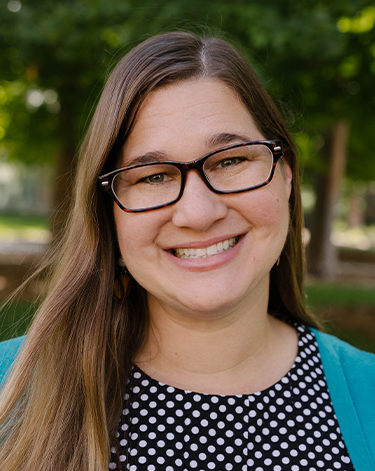
Effects of Gut Microbiota in Depression and Social Behaviors
Depression is a serious mental health concern, impacting quality of life through effects on daily function, social interaction and stress-related impairments. The proposed research will determine if gut microbiota differences between two unique rodent models of depression and resilience are responsible for their differences in depression-related behavior and social interactions. This study will involve both behavioral testing and tissue/fecal sample analysis.
Accepting two students
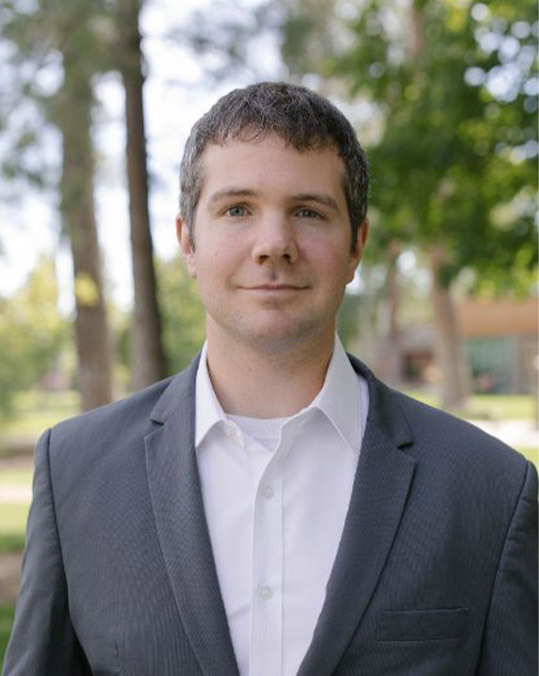
Simulation and Fabrication of Infrared Neural Networks
Deep learning, which uses digital electronic abstractions of the neural networks found in human brains, is now an effective and ubiquitous form of artificial intelligence (AI). This project will investigate optical neural networks (ONNs), which form a type of analog AI system that is designed by deep learning and performs image classification at the speed of light. Two students will be hired for the summer of 2025. One student will primarily write code in Python to design and simulate ONNs, while the other student will primarily perform free-space optical lab duties at the direction of the principal investigator.
Students from engineering, physics, chemistry, math and computer science are welcome to apply.
Accepting two students
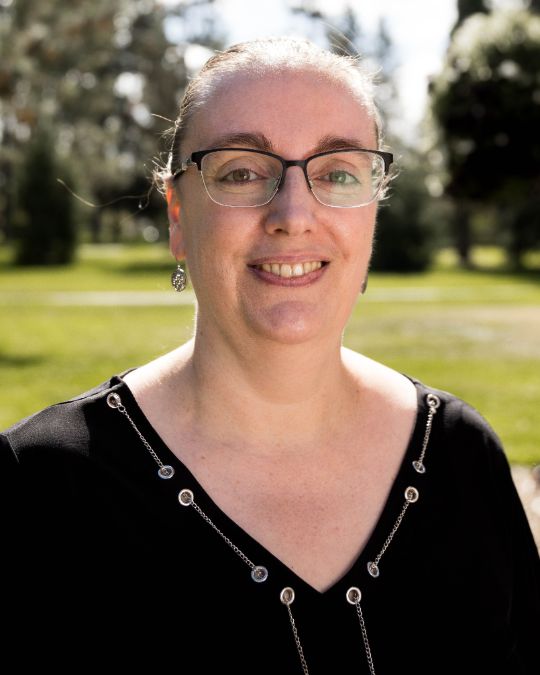
Structural Investigation of Interesting Proteins by X-ray Crystallography
The Ojennus Lab is interested in the structure and function of various proteins and enzymes for medical, pharmaceutical and industrial applications. Students will learn how to express, purify and crystallize proteins for x-ray diffraction studies. Additional projects may include the investigation of a calcium-binding site in a PepX enzyme from Lb. helveticus that is required for activity and the complete enzyme detoxification of gluten in food and beverages.
Accepting two students. Part-time volunteers may also be considered.
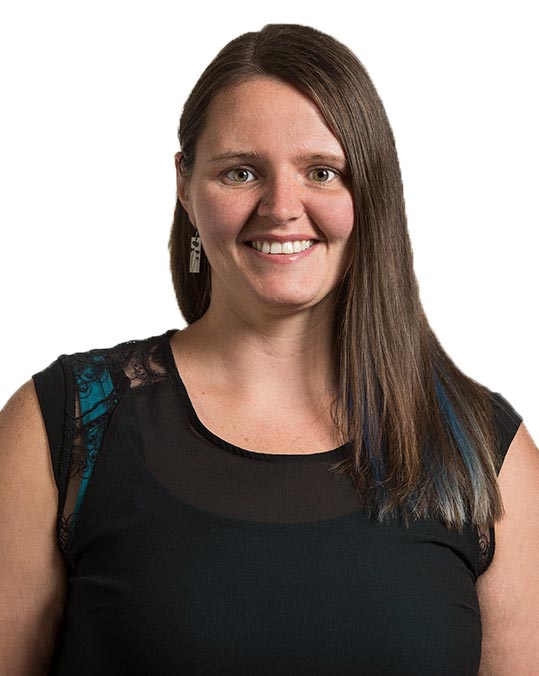
Quantitative Modeling of Molecular Shape Recognition
Collaborating with Professor of Chemistry Kraig Wheeler
Project Description: This NSF-funded project is a collaborative effort involving the mathematics, computer science and chemistry disciplines to develop mathematical and chemical models for probing complex recognition profiles of small organic molecules.
Applicants should have basic coding skills – Python is preferred.
Accepting two students
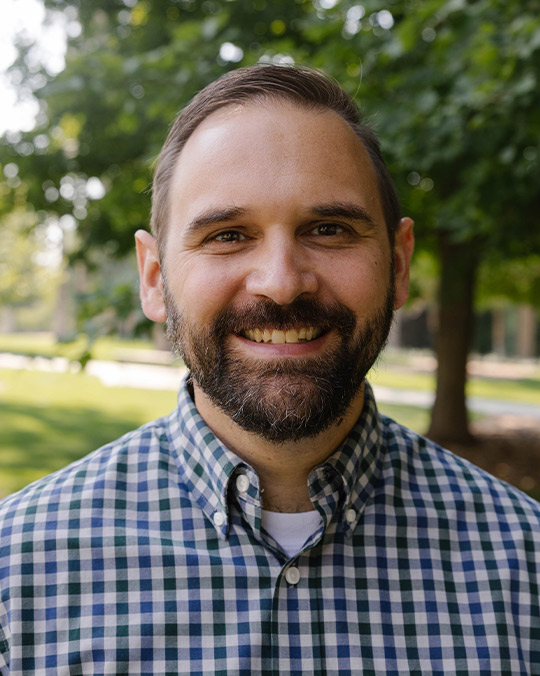
Instrumental Chemistry – Voltage Sweep Ion Mobility Spectrometry
Voltage-sweep IMS will be investigated towards its application in security environments by improving the separation and resolution of IMS. Work will include experience with both IMS and Mass Spectrometry methods and will involve travel to a collaborator's laboratory at WSU. In this research, students will select from among three primary projects: 1) determining the kinetic profile of pulsed Electrospray Ionization, 2) development of pulsed Electrospray ionization in IMS, and 3) development of a Voltage Sweep IMS method using high voltage amplifiers. Students in this lab may expect to learn basic chemical instrumentation, soldering, 3D printing, and basic circuit design and will utilize chemical laboratory skills (especially dilution and quantitative techniques). All projects and any related travel are fully funded by the National Science Foundation.
Student pre-requisites: General Chemistry II (CH181) and Lab (CH181L)
Accepting three students

Plasma Acceleration in Pulsed Inductive Thrusters for Spacecraft Propulsion
Computationally predict the properties of plasma in a novel spacecraft propulsion system and compare the results with experimental measurements made at the University of Washington. This work involves applying physics, math and computer science to develop a new aerospace engineering technology.
Accepting two to three students

Targeted Structural Diversity and Assessments in Quasiracemates
Collaborating with Associate Professor of Mathematics & Chemistry Diana Schepens
This work explores families of materials that align predictably in molecular crystals using the property of molecular shape. Students involved with this project can expect to receive hands-on experience with experimental work involving organic synthesis, crystal growth and various structure determination methods, including x-ray crystallography.
This project seeks motivated and committed students, ideally those with previous coursework in organic chemistry.
Accepting two students
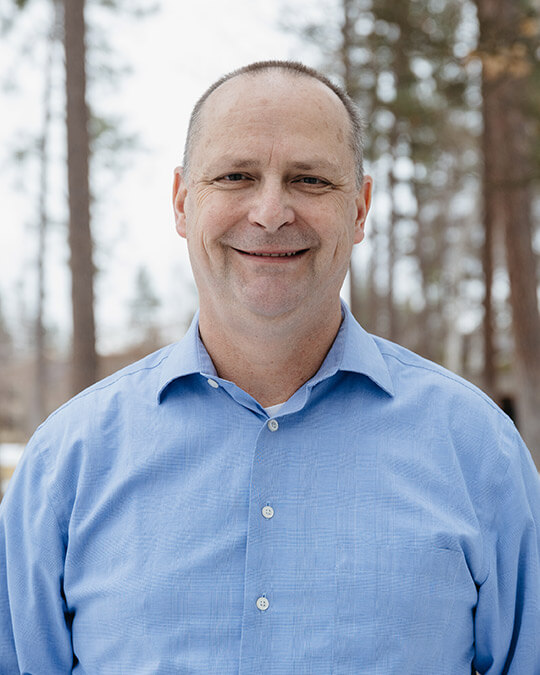
Innovation Incubator Project Development
Come work on real technology projects to solve problems for real clients. You will be part of continuing Whitworth’s Innovation Incubator and working for members of the Spokane community. Accepted students will be building technology that supports local nonprofits or startup companies and working with those clients closely.
Accepting two students
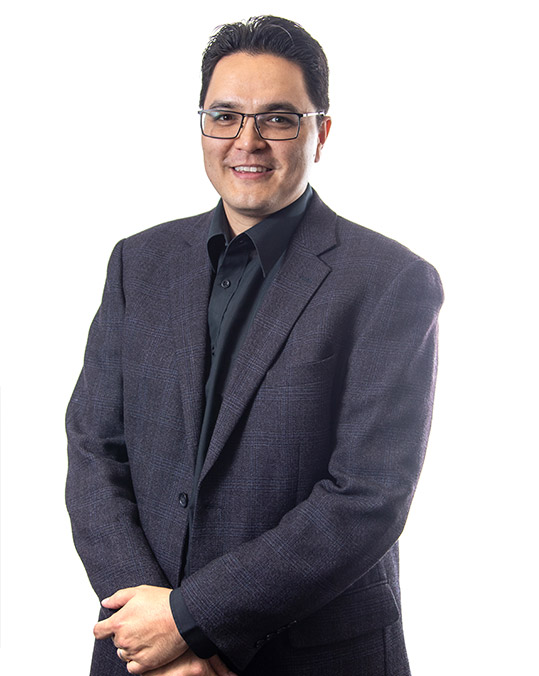
A 3D Printed Biosensor Microdevice
Come be a part of the Microdevices Lab at Whitworth. The Microdevices Lab is continuing its work on technology to miniaturize functions performed in an entire lab on a single chip. This is normally done using semiconductor processes (that require a cleanroom and are very expensive), but our lab utilizes micro-3D printing instead to reduce the cost and speed of manufacturing. The past few years we have shown we can make miniaturized PCR devices, microfluidic worm sorting devices and 3D printed waveguides (or pipes for light used in quantum computing schemes). This summer, we will be extending the work to explore how to make a 3D printed optofluidic biosensor combining both techniques (waveguides and microfluidics).
This project will support two student researchers where one position would ideally include an engineering or physics background and the other would require a chemistry or biology background. Come chat with Professor Measor or visit the webpage (microdevices.whitworth.edu) to learn more.
Accepting two students
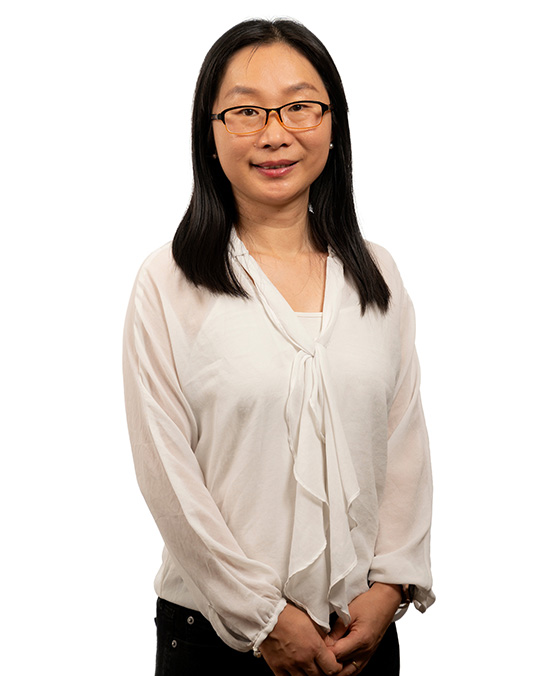
Learning Mechanism of the Neural Network for Internet Traffic Classification
We will be using deep learning networks to classify Internet traffic, such as http, email, streaming, malicious packets, etc. The research includes Internet traffic data collection, analyzing the learning mechanism of the neural networks, deep learning model implementation on Python and so on.
Accepting one student
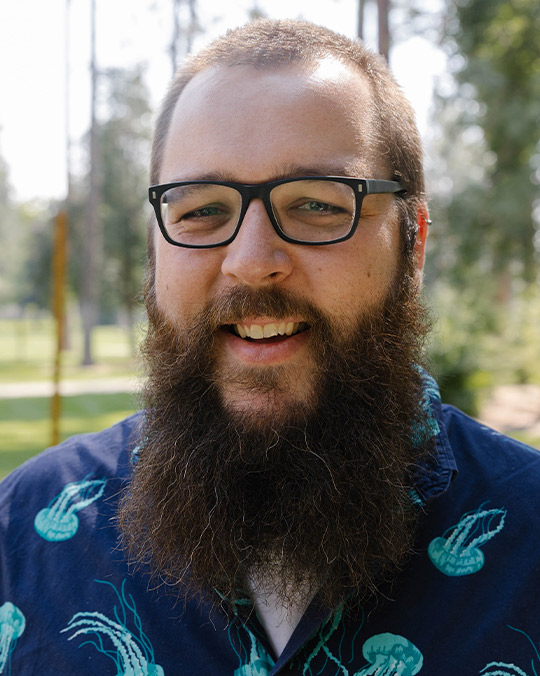
Development and Maintenance of Ecological Test Systems
We will be working on maintaining, updating and troubleshooting an existing distributed embedded system to control ecological experiment systems. Some work will be in physical system setup. Some work will be configuration of current system.
Major attention will be given to web development.
Most work will be done at Gonzaga University.
Accepting one student. This will be an eight-week position.
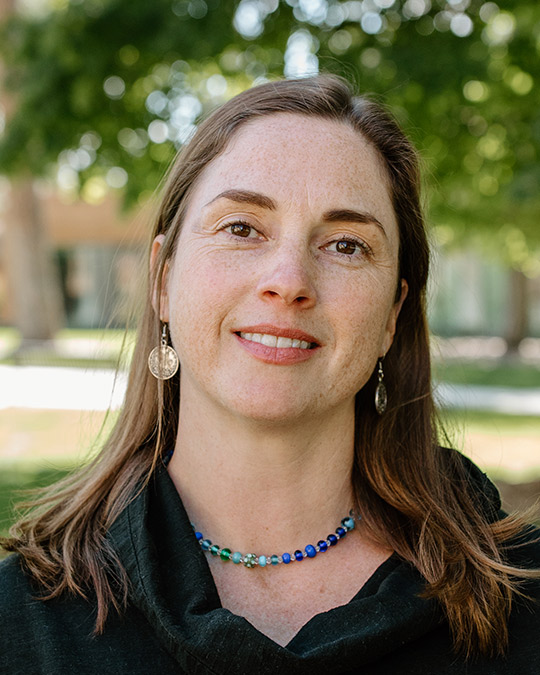

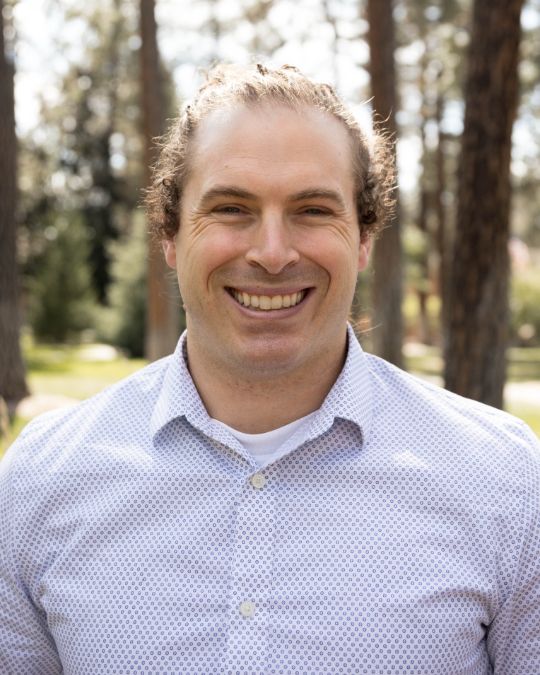
Assistive Technology
As a summer researcher on this project, you will work with physical therapy (PT) and occupational therapy (OT) faculty members and students on co-designing assistive technology for local community members with disabilities. You will create innovative, patient-centered technologies that enhance the independence and quality of life of these local community members. This work will require hardware and software engineering design and fabrication. You will need to meet with faculty members and students on a weekly basis to discuss progress, challenges and ideas. An engineering, physics or computer science student is preferred.
Accepting two students
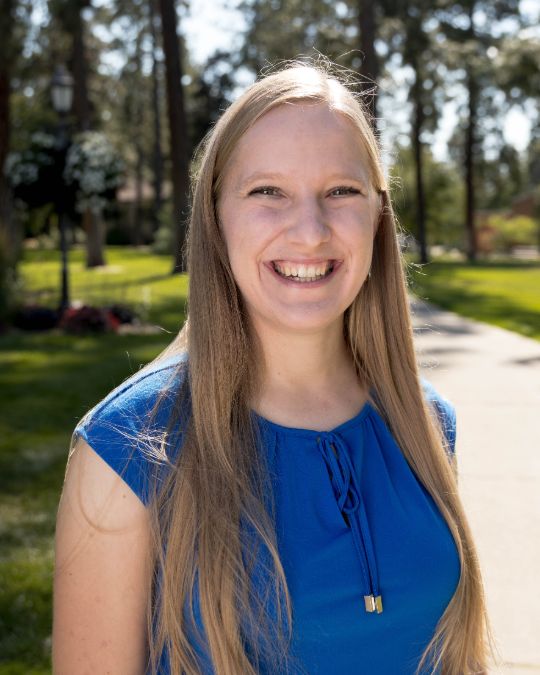
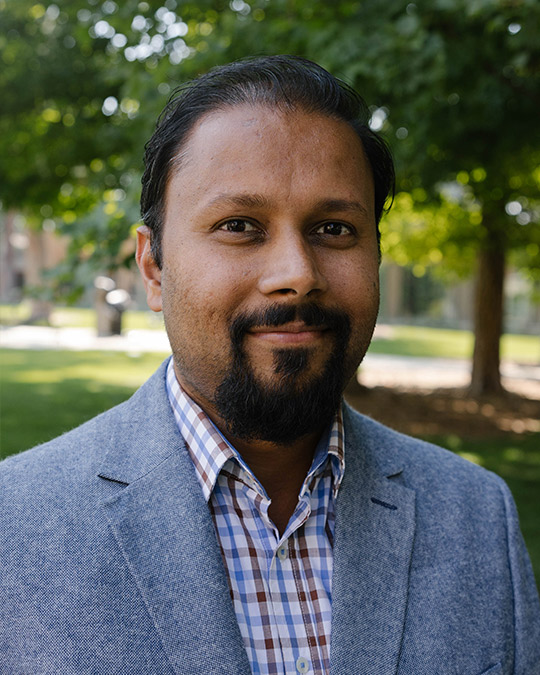
Investigating The Effect of Intercellular Signaling on the Proliferation and the Migration of aCell Collective: A Biophysical and Mathematical Modeling Approach
Bioengineered synthetic forms of intercellular signaling, which involves signal sending (ligand) and signal receiving (receptor) cells, could play an important role in developing medical treatment modalities for diseases such as cancer.
This project involves developing a theory-based mechanistic mathematical model of intercellular juxtracrine signaling in a proliferating cell collective. Mathematical tools will include difference and/or differential equations and numerical solution techniques. We will be collaborating with Professor Dawson as he approaches the problem by developing a physics-based computational model.
This project also involves developing a physics-based computational model of intercellular juxtacrine signaling in a proliferating cell collective and study: (i) signal distribution pattern in the cell collective, (ii) the influence of cell mechanical properties on signal distribution. The results of the model will be validated by a mathematical model developed in collaboration with a team of mathematical biologists.
Interested student should be curious to learn about a new area of science.
Basic exposure to Matlab-based scientific computing and mathematical reasoning is preferred.
Eligible students must have taken CS 171 (or equivalent) and Calculus III and/or Differential Equations.
Accepting one student
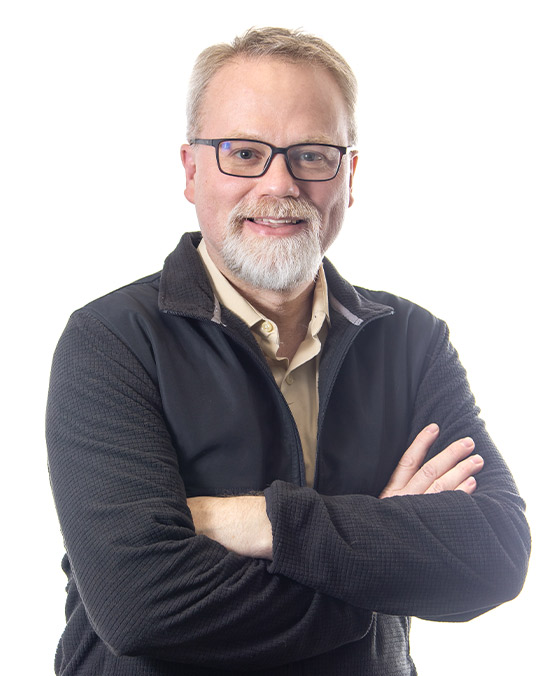

Project 1: A 3D Printed Microdevice for Detecting Pathogens
Collaboration between Professor of Mathematics & Computer Science Kent Jones and Associate Professor of Engineering & Physics Philip Measor in the further investigation and optimization of a 3D printed (3DP) pathogen detection system. Previously, this project demonstrated ultrasensitive PCR detection on a 3DP microdevice device and developed a less expensive prototype microscope optical system (P. Measor, SPIE BiOS, Photonics West, Jan. 27, 2024). In 2024, multiplexed detection was demonstrated to show the ability to detect multiple pathogens. For 2025, an inexpensive, further miniaturized, optical reader system will be developed. Students working on this project will not work with active pathogens but rather synthetic model pathogenic DNA sequences.
Accepting two students
Project 2: A 3D Printed Microdevice towards Molecular & Quantum Computing
Collaboration between Professor of Mathematics & Computer Science Kent Jones and Associate Professor of Engineering & Physics Philip Measor to further investigate and optimize a demonstration of a 3D printed (3DP) molecular-computing microdevice. Previously, this project demonstrated FRET-based detection on a 3D printed microdevice (M. Croft, et al., Optica FiO, Oct. 9, 2023) and provided a promising alternate scheme for molecular (or quasi-quantum) computing using DNA molecules. In 2024, a new molecular design was investigated to demonstrate a FRET-based molecular computing platform. For 2025, we will investigate using the new electron microscope in both the design of 3D printed microdevices to support molecular (and quasi-quantum) computing and the feasibility of adding photonic computing.
Accepting two students


Developing Quantitative Biophysical Understanding of Proliferation and Migration of Electrical Stimulated Neural Crest Cells
Cell proliferation and cell migration are two cellular functions that play a crucial role in the growth, development and regeneration of an organism. Although experiments have shown that both these cellular functions are affected by external stimuli, such as electric fields, the mechanism underlying electric field dependent modulation of cellular behavior is unknown. In this project, we will develop a physics-based computational model to study the behavior of migration and proliferation of electrically stimulated cranial neural crest cells. The model developed in this project will be parallelly extended to an open-source, Python-based computing platform. This project is in joint cooperation with an external experimental partner and will also involve image and data analysis of experimental images of neural crest cells.
Interested students should be curious to learn about a new area of science. Basic exposure to Matlab-based scientific computing and mathematical reasoning is preferred for one position and basic exposure to Python-based scientific computing is preferred for the other position.
Accepting two students